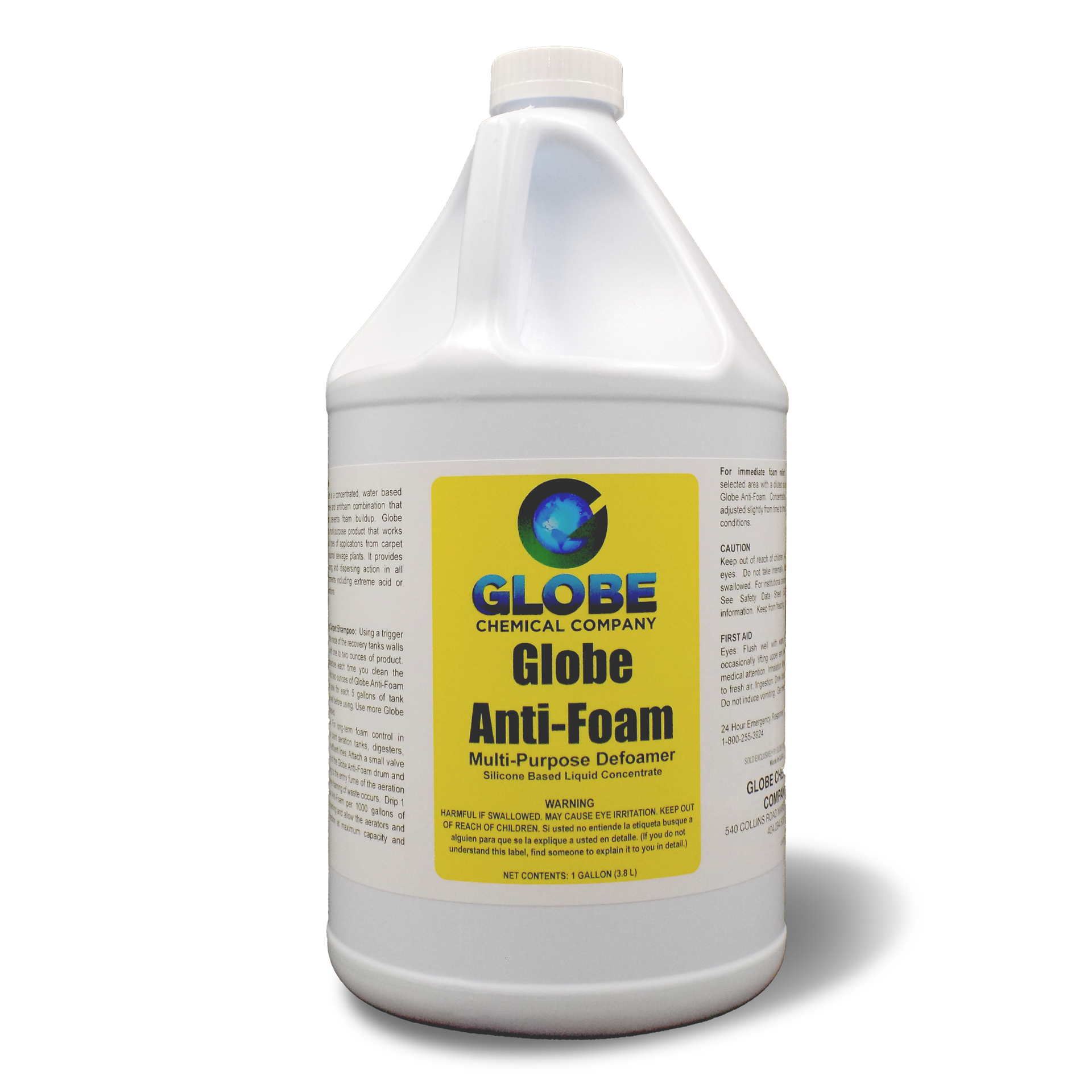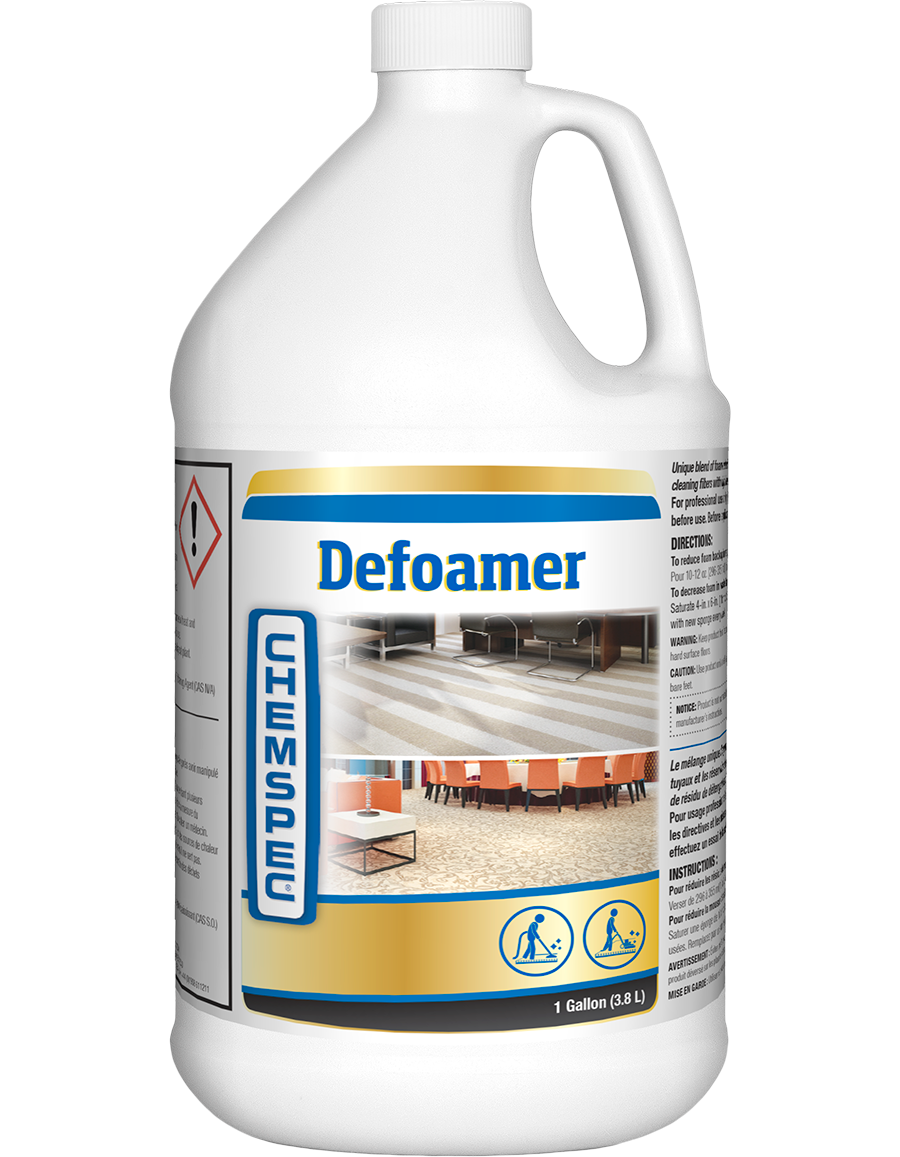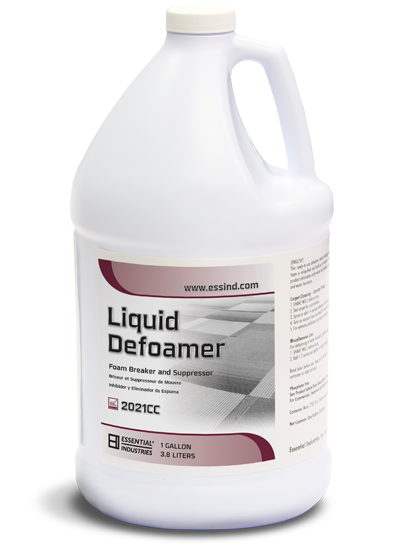Understanding How Chemical Defoamer Operates to Manage Foam Properly
Understanding How Chemical Defoamer Operates to Manage Foam Properly
Blog Article
Exactly How a Chemical Defoamer Can Boost Efficiency in Your Workflow and Procedures
In today's competitive commercial landscape, functional efficiency is critical, and the function of a chemical defoamer can not be forgotten. By addressing foam-related difficulties that interrupt procedures, defoamers not just help with smoother operations however likewise add to set you back financial savings and enhanced product quality. Their effect covers numerous sectors, making them a crucial consideration for those wanting to enhance efficiency. Nevertheless, recognizing the certain benefits and applications of defoamers elevates vital inquiries concerning their option and execution. What aspects should you take into consideration to optimize their efficiency in your operations?
Recognizing Chemical Defoamers
Chemical defoamers play a crucial duty in different commercial procedures by successfully avoiding and lowering foam development. Foaming can result in operational inefficiencies, increased manufacturing costs, and compromised item high quality. Defoamers are specialized chemical additives made to interrupt the stability of foam bubbles, therefore allowing smoother processing and boosted performance throughout a number of industries, consisting of food and beverage, drugs, and wastewater treatment.

These agents typically consist of surfactants, oils, or polymeric compounds that lower the surface area tension of the liquid, facilitating the collapse of foam. The system by which defoamers operate often includes the destabilization of foam structures, enabling quicker water drainage of liquid and the launch of trapped air. Different solutions are tailored to certain applications, thinking about variables such as compatibility with the system, temperature level, and the nature of the liquid being treated.
Recognizing the composition and performance of chemical defoamers is essential for choosing the proper item for a given application. By enhancing defoamer option based on process demands, sectors can enhance operational effectiveness, minimize foam-related obstacles, and eventually enhance total productivity.
Benefits of Making Use Of Defoamers
Making use of defoamers can dramatically boost functional effectiveness throughout various industries by efficiently alleviating foam-related concerns. The presence of foam can disrupt processes, resulting in enhanced downtime, minimized performance, and possible top quality destruction in final product. Defoamers help combat these challenges by breaking down foam structures, therefore permitting smoother operations.
One of the primary benefits of making use of defoamers is the decrease of waste and revamp. By minimizing foam development, defoamers boost the consistency of procedures, making certain that products are made use of successfully. This not only lowers functional prices yet likewise adds to sustainability campaigns by minimizing resource consumption.
Additionally, defoamers can improve product quality. In making setups, extreme foam can result in disparities in product qualities, impacting customer satisfaction. By regulating foam degrees, defoamers assist maintain the desired physical residential properties of products.

Applications in Various Industries
The efficiency of defoamers extends throughout a vast array of industries, where their application addresses particular foam-related obstacles fundamental to each industry. In the food and drink market, defoamers are vital for optimizing manufacturing procedures, such as brewing and dairy processing, where excessive foam can hinder flow prices and reduce efficiency. By lessening foam, these representatives improve item high quality and consistency.
In the chemical production sector, defoamers are used in processes like paint production and wastewater therapy. Below, they stop foam formation that can hinder blending and different stages, consequently improving the general performance and efficiency of procedures.
In drugs, defoamers play a vital function in the solution of liquid medicines, making certain correct dose and security by regulating image source foam throughout blending and storage space. (Chemical Defoamer)
Furthermore, in the farming sector, defoamers are utilized in chemical solutions to improve application efficiency and reduce waste.
Choosing the Right Defoamer
Selecting the ideal defoamer is essential for attaining optimum efficiency in various applications. The choice process should start with a detailed understanding of the particular concerns at hand, including the sort of foam present, the processing conditions, and the chemical compatibility with various other formula elements.
Defoamers are developed from a selection of products, consisting of silicone, mineral oils, and fatty acids. Determining the ideal composition is necessary, as different products exhibit differing performance in varied settings. Silicone-based defoamers are typically favored in high-temperature applications due to their security, while natural defoamers might be extra ideal for water-based Get More Info systems.
In addition, think look at here about the defoamer's influence on the end product. Some formulations can alter the useful or aesthetic buildings, making it imperative to choose a defoamer that fulfills product specifications without compromising top quality.
Checking is another crucial action in choosing a defoamer. Small trials can supply valuable insights into the defoamer's efficiency, enabling modifications prior to major application. By meticulously evaluating these aspects, organizations can enhance performance and make certain that the defoamer effectively satisfies their functional demands.
Best Practices for Application
Carrying out a defoamer properly requires careful preparation and adherence to ideal techniques to maximize its efficiency. Carry out a comprehensive evaluation of the certain application and foam features. Recognizing the kind and source of foam will guide the selection of the most suitable defoamer formulation.
Next, establish the optimal dosage (Chemical Defoamer). Begin with a small-scale trial to determine the minimum reliable focus, as too much usage can cause damaging results on item high quality or functional performance
Surveillance and readjusting the application approach is critical; make certain that the defoamer is presented at the right point at the same time for maximum influence, such as throughout blending or promptly after foam formation.

Furthermore, keep clear interaction with all appropriate employees to ensure constant application techniques and to share understandings on performance results.
Verdict
To conclude, the use of chemical defoamers plays a crucial role in improving functional performance throughout diverse industries. By successfully destabilizing foam, these representatives promote quicker drainage and air release, thus lessening disturbances and reducing costs. The tactical application of defoamers not only enhances throughput however additionally makes certain consistent product quality and resource optimization. Eventually, the unification of defoamers right into commercial processes cultivates reliability and adds to general performance enhancement.

In the food and drink sector, defoamers are important for maximizing production processes, such as developing and milk processing, where excessive foam can impede circulation prices and reduce effectiveness. Silicone-based defoamers are commonly preferred in high-temperature applications due to their stability, while organic defoamers may be a lot more ideal for water-based systems.
Report this page